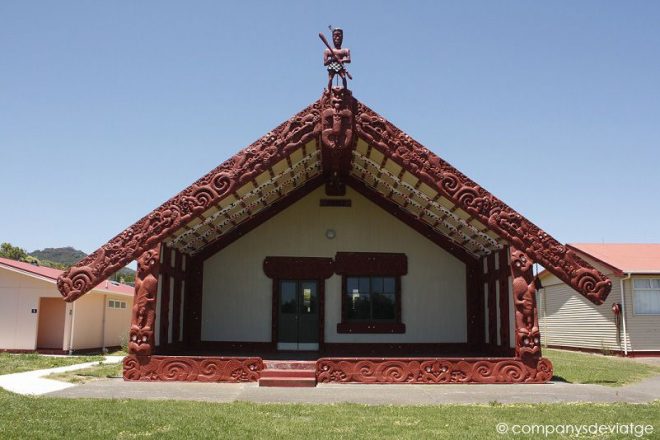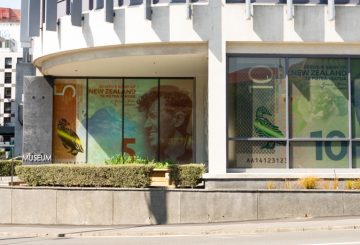新闻稿:Te Whaanau-a-Appanui
蒂 whānau-ā-apanui 和 Aotearoa Mussel Limited 联手在东丰盛湾建造了一个陆基贻贝孵化场,以促进新西兰不断发展的水产养殖业。
Te whānau-ā-apanui 将在 Callaghan Innovation 的支持下,向一项研发项目投资 120 万美元。该计划定于 2020 年 9 月初开始。
Te Rūnanga o Te Whānau 的首席执行官 Rikirangi Gage 担任了该项目的赞助角色。他说:“孵化场的概念非常适合新西兰蓬勃发展的贻贝产业,特别是在东丰盛湾地区。”
“新西兰几乎所有的口水都是来自金湾和凯塔亚的天然捕获物。新的孵化场将是新西兰的第二个孵化场,将使贻贝行业的孵化场吐出量增加一倍”
中央政府表示了自己的愿景,即新西兰成为可持续和创新水产养殖领域的世界领导者。因此,随着该国即将大规模扩展贻贝养殖,对可预测且管理良好的供应链的需求将至关重要。孵化场育种提供了这种确定性,使我们能够有选择地繁殖贻贝,这些贻贝的成熟速度更快,对不断变化的全球条件具有更好
盖奇说:“除此之外,孵化场离该国最大的经认可的开放水域海洋农场如此近,还有我们自己的完美繁殖条件以及 iwi 企业的长期愿景和价值观,这使我们处于填补这一利基市场的最佳位置。”
该合作伙伴关系正在与 Cewthron 研究所合作开展一项三管齐下的研究计划,为商业性口角繁殖计划提供基础,并在 Te whānau-ā-apanui Rohe 建立卓越中心。有了这笔资金,预计这项为期三年的研究计划将在未来几个月内补充合作伙伴关系的贻贝口孵化场的投资讨论。
“我们有一个出色的网站。我们有淡水,可以使用主要的公用事业。该地点提供了海岸通道,距离海滩不到几米之遥,贻贝已经生长在几米之外的岩石上。我们还将与 MPI、同意委员会和未来投资者密切合作,将我们的愿景变为现实。
“我们的重点将是与 iwi 合作提供可持续、高质量的吐槽,这将开启新西兰水产养殖业的增长。我们将在当地社区创造就业机会和财富,并成为该领域的卓越中心。对于 Te Whānau a Appanui 和新西兰的水产养殖来说,孵化场将是一个巨大的胜利。”





























































